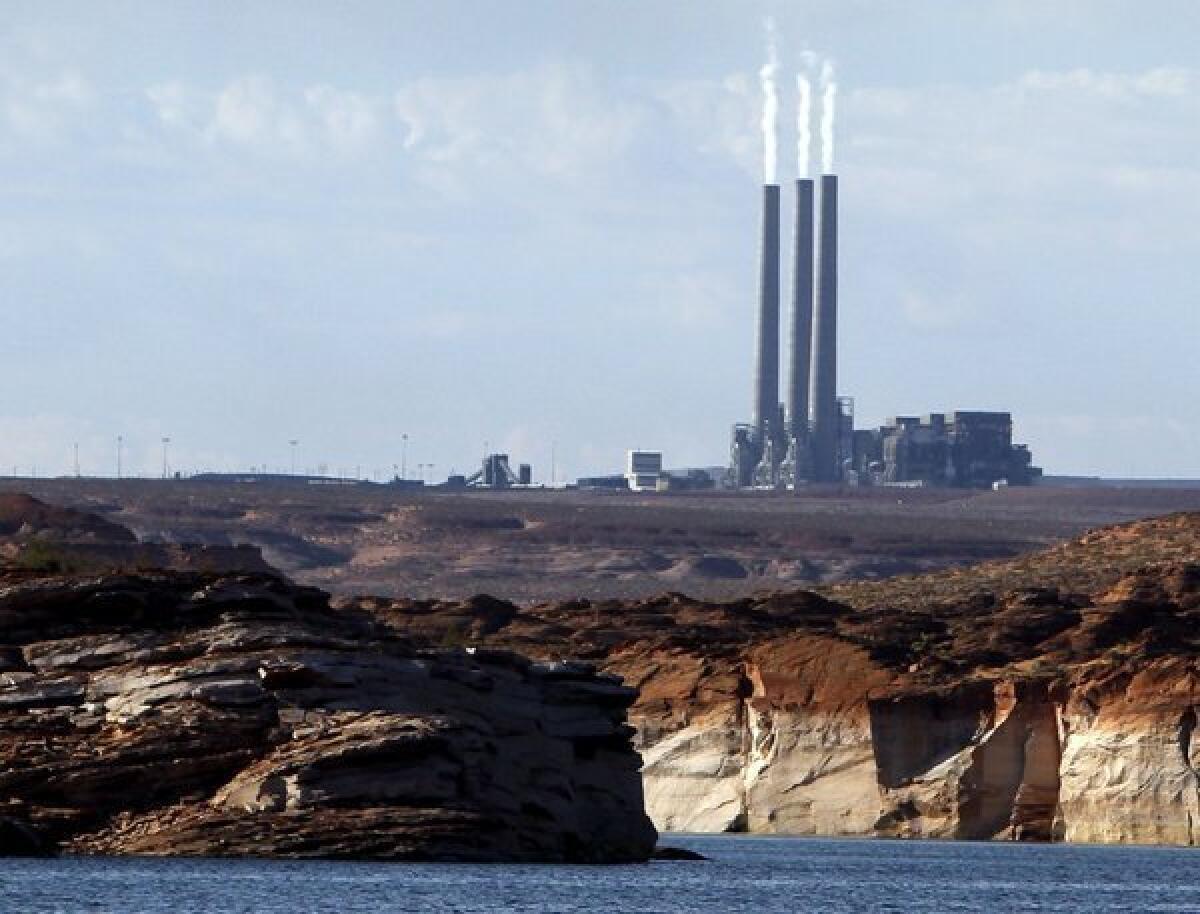Earthâs greenhouse gas levels approach 400-ppm milestone

The ratio of carbon dioxide in Earthâs atmosphere is flirting with 400 parts per million, a level last seen about 2.5 million to 5 million years ago, according to the Scripps Institution of Oceanography at UC San Diego.
The Institution this week launched a daily Keeling curve update, showing the saw-toothed upward diagonal of rising carbon dioxide levels since the late 1950s.
Isolated measurements have peaked at above 400 parts per million in the Arctic, but scientists are more alarmed at steady readings from Mauna Loa, Hawaii, far from major pollution sources. Those measurements, considered to be the most reliable indicators of Earthâs atmospheric content, could breach the 400 level this month, according to Scripps.
The speed at which Earthâs atmosphere has reached that density of carbon dioxide, a known greenhouse gas, has scientists alarmed.
Scientists estimate that average temperatures during the Pliocene rose as much as 18 degrees Fahrenheit. Sea levels during that 2.8-million-year epoch ranged between 16-131 feet higher than current levels, according to Richard Norris, a Scripps geologist.
âI think it is likely that all these ecosystem changes could recur, even though the time scales for the Pliocene warmth are different than the present,â Norris said. Heating the ocean probably will cause sea level rises and change the Ph balance of the ocean, affecting a wide array of marine life, he said. âOur dumping of heat and CO2 into the ocean is like making investments in a pollution bank,â he said.
If you need a daily bummer, you can follow the rising curve on Twitter: @keeling_curve.
The graph, made famous by Al Gore in his documentary âAn Inconvenient Truth,â was instituted by climate science pioneer Charles David Keeling at Scripps. It is the longest continuous record of CO2 in the world, starting from 316 ppm in March 1958.
For the previous 800,000 years, CO2 levels never exceeded 300 parts per million, and there is no known geologic period in which rates of increase have been so sharp. The level was about 280 parts per million at the advent of the Industrial Revolution in the 18th Century, when the burning of fossil fuels began to soar.
âI wish it werenât true, but it looks like the world is going to blow through the 400-ppm level without losing a beat,â said Scripps geochemist Ralph Keeling, who has taken over the Keeling curve measurement from his late father. âAt this pace weâll hit 450 ppm within a few decades.â
The saw-tooth pattern of the incline reflects small seasonal variations within the long-term upward trend. Generally, the micro-peak in the curve comes in May.
âThe 400-ppm threshold is a sobering milestone, and should serve as a wake-up call for all of us to support clean-energy technology and reduce emissions of greenhouse gases, before itâs too late for our children and grandchildren,â said Tim Lueker, an oceanographer and carbon cycle researcher who is a longtime member of the Scripps CO2 Group.







